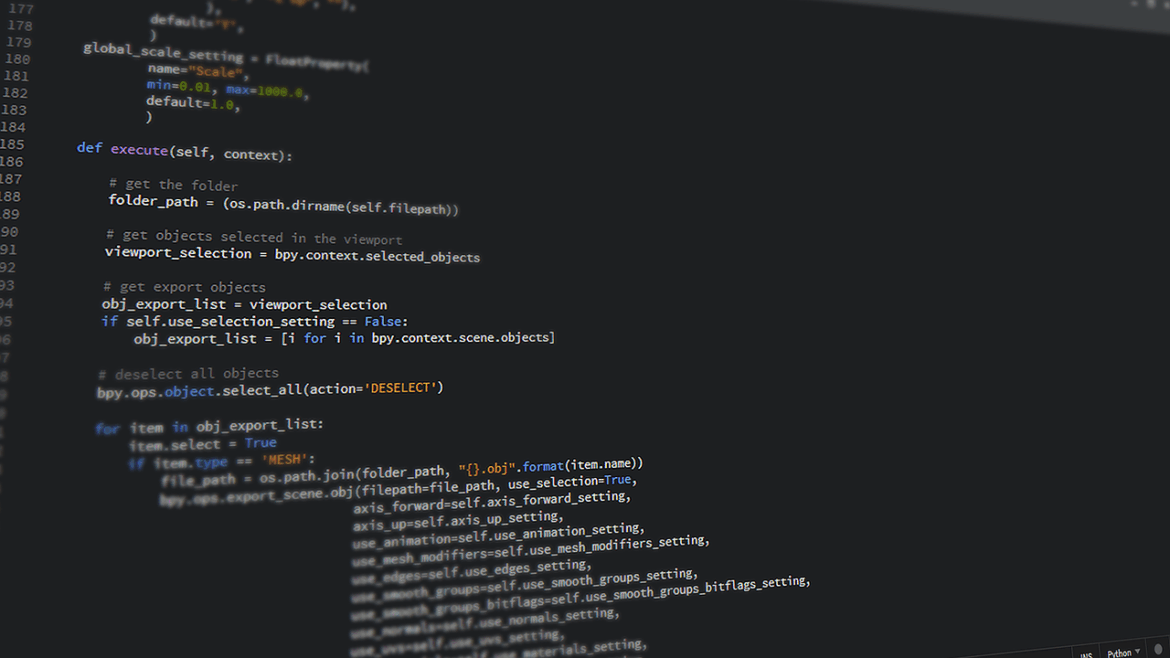Navigating the regulatory maze can feel like trying to read a map in a foreign language. But in 2025, several open-source projects are making compliance smarter, faster, and less painful — especially for industries wrestling with security, AI, and operational resilience. Let’s unpack five standout projects that professionals are buzzing about right now.
1. Cycode: End-to-End Vulnerability and Compliance Visibility
Consider Cycode as your code’s watchdog. This open-source tool dives deep into application code, pipeline stages, and infrastructure to flag vulnerabilities and license violations in real-time. For companies juggling complex supply chains and compliance checklists, Cycode’s automated Software Bill of Materials (SBOM) generation and remediation workflows act like a smart assistant, offering one-click fixes and automated pull requests.
What makes it relatable? Imagine catching a software bug before it causes a nasty breach — that’s the kind of proactive safety net Cycode offers. It transforms compliance from a tedious, manual slog to a streamlined process integrated into daily developer work.
2. Global Information Security Compliance Frameworks for AI Governance
The rapid rise of AI has forced regulators worldwide to craft new rules — but compliance frameworks are notoriously complex and changing fast. Open-source initiatives focusing on global information security compliance for AI aim to harmonize these tangled rules. They provide comprehensive guides and tools to implement AI governance frameworks aligned with the EU’s AI Act and ISO 27001 standards.
Why this matters on the ground: Companies use these frameworks to avoid costly missteps in AI project deployment. It’s like having an expert navigator who knows the latest storm warnings and reroutes your ship accordingly, so you don’t get caught in regulatory crossfire.
3. JJ Keller® Compliance Network: Building Community Knowledge
Though proprietary in parts, the JJ Keller Compliance Network blends modern online community features with custom-tailored regulatory content for safety and environment sectors. It fosters peer discussions, polls, and continuously updates members on emerging rules like Title V operating permits and EPA changes.
In practical terms, it’s akin to a professional club where members keep each other in the loop and troubleshoot compliance challenges collaboratively. This community-driven approach helps organizations stay on top of ever-changing regulations without feeling isolated.
4. Tenable Security Center: Modular Compliance Scanning
Tenable Security Center’s open components are lauded for their flexible scanning policies that cover compliance aspects like patch management, plaintext authentication, and vulnerability analysis. Users can customize scans tailored to regulatory frameworks they need to follow, producing actionable reports that simplify fast decision-making.
Imagine a Swiss Army knife for compliance scans — versatile tools that can be shaped to fit specific needs, whether that’s PCI DSS, HIPAA, or ISO standards. It gives compliance officers clear sights on gaps and remediation paths.
5. Riverty’s GRC Framework for FinTech Compliance
In the fintech sector, regulatory compliance has become a strategic advantage rather than just a box to check. Riverty’s open framework helps FinTechs implement Governance, Risk, and Compliance (GRC) strategies based on clarity and scalability, especially around regulations like Europe’s Digital Operational Resilience Act (DORA).
Why fintechs find this invaluable: The framework brings diverse regulatory demands into a unified, interoperable control environment. It’s like building a sturdy, flexible bridge spanning the old and new compliance worlds — helping companies expand globally while maintaining trust and resilience.
Why Open Source Matters in Compliance Today
Open source projects don’t just save costs — they democratize regulatory know-how and empower organizations to adapt quickly in a shifting legal landscape. With tools that embed compliance into everyday workflows and communities that share real experiences, companies gain confidence and agility.
In summary: The regulatory compliance journey is less about chasing endless rules and more about building smart, scalable practices supported by transparent and collaborative tools. For professionals drowning in paperwork, these projects offer lifebuoys that turn risk into opportunity.
Key Takeaways:
- Cycode automates code vulnerability detection and license compliance.
- Global AI compliance frameworks guide organizations through fast-evolving AI regulations.
- JJ Keller Network builds a peer-supported compliance community.
- Tenable Security Center offers modular, customizable scanning for diverse regulations.
- Riverty’s GRC framework turns fintech compliance into a strategic asset.
As regulatory landscapes grow ever more complex, leveraging these open-source projects can equip businesses with the tools and insights they need to stay one step ahead. Compliance, after all, isn’t just a requirement—it’s a strategic advantage.
References:
- https://www.compliancehub.wiki/global-information-security-compliance-and-ai-regulations-q2-2025-updates-a-comprehensive-analysis/
- https://jjkellercompliancenetwork.com
- https://www.aikido.dev/blog/top-10-software-composition-analysis-sca-tools-in-2025
- https://docs.tenable.com/security-center/Content/PDF/Tenable_Security_Center-User_Guide.pdf
- https://www.helpnetsecurity.com/2025/07/02/alexander-clemm-riverty-fintechs-grc-landscape/
- https://www.callutheran.edu/financial-aid/scholarships-grants/outside-scholarships.html
- https://rsmus.com/insights/services/digital-transformation/ai-for-the-cro.html
- https://www.enisa.europa.eu/sites/default/files/2025-06/ENISA_Technical_implementation_guidance_on_cybersecurity_risk_management_measures_version_1.0.pdf



